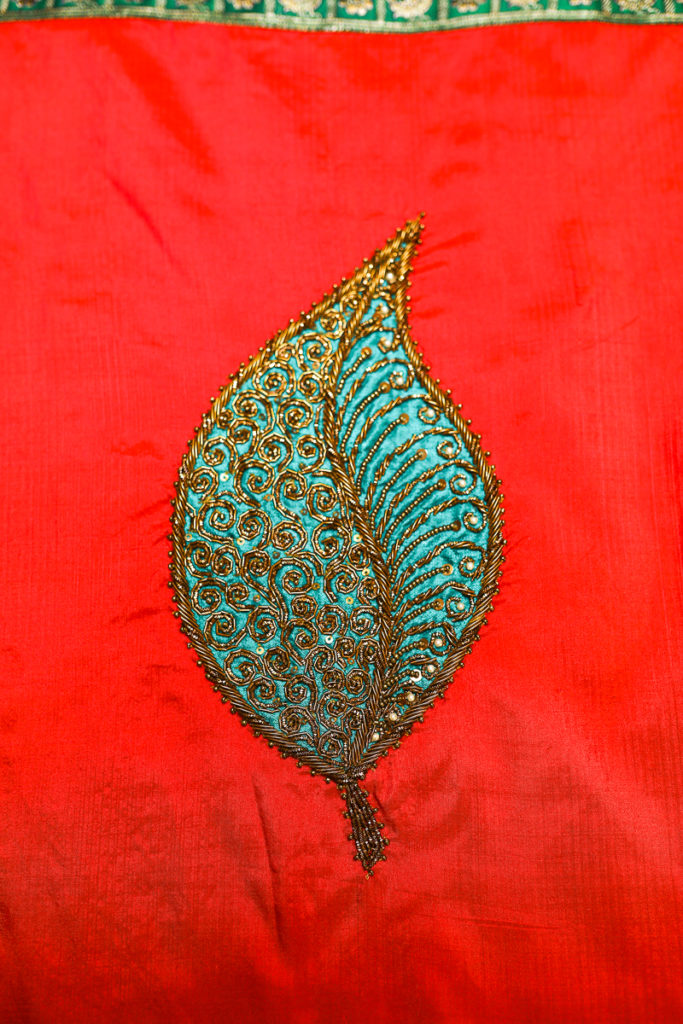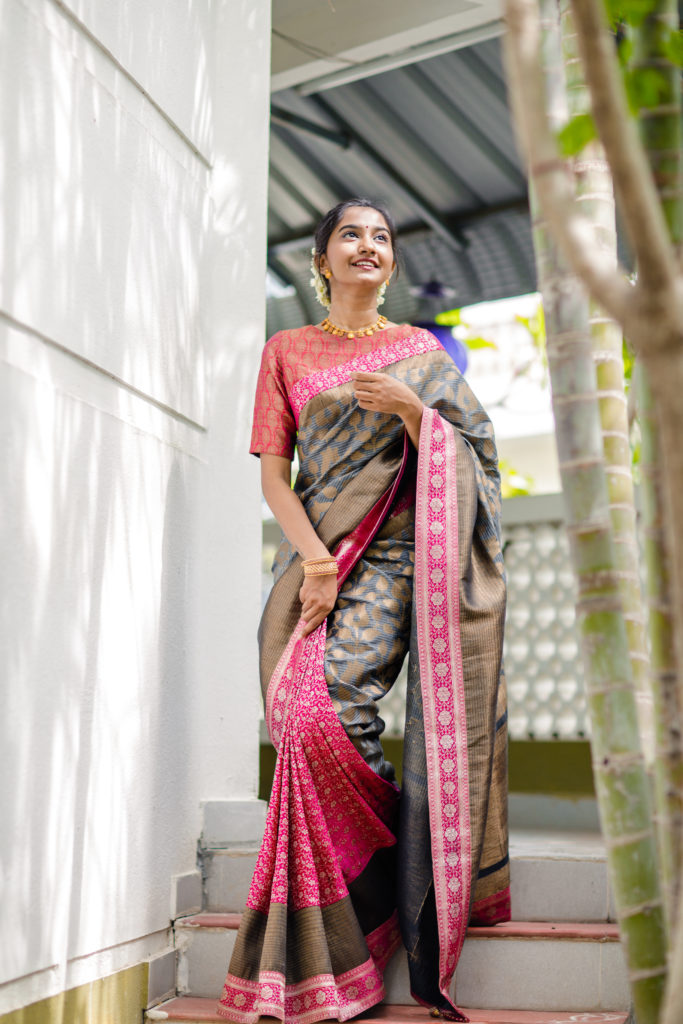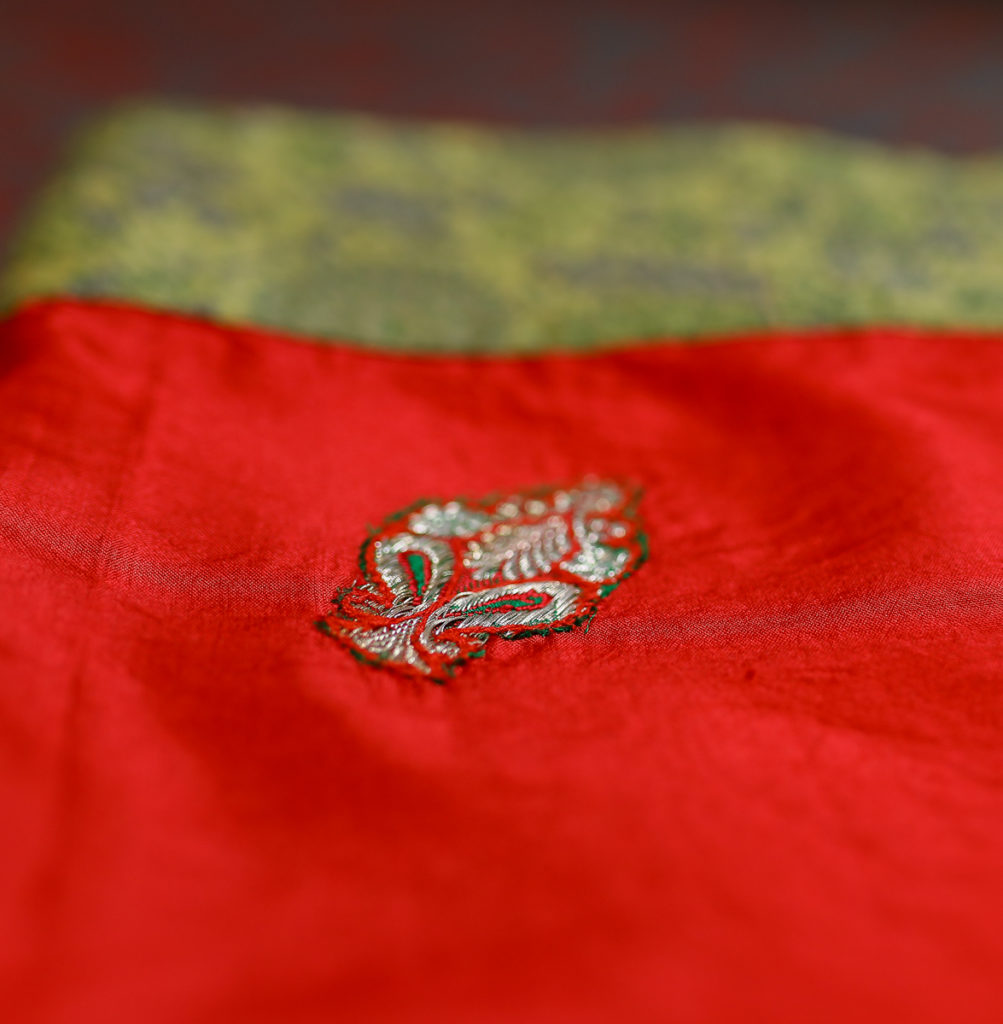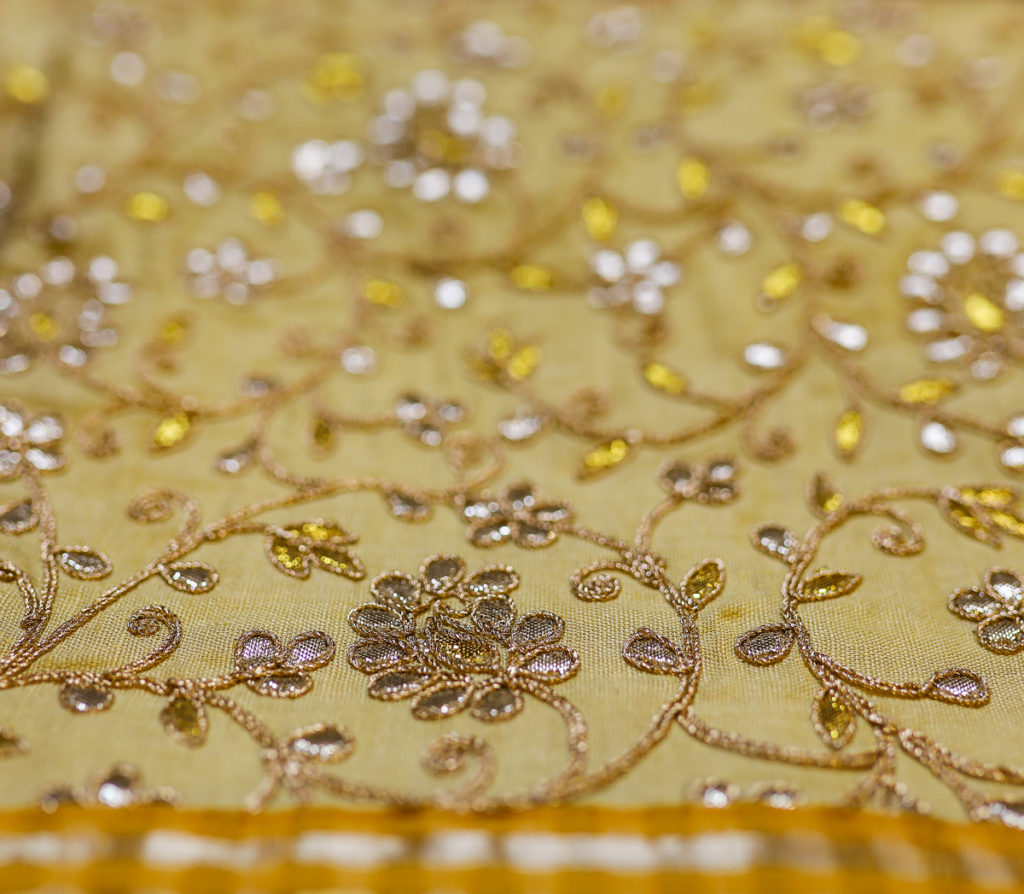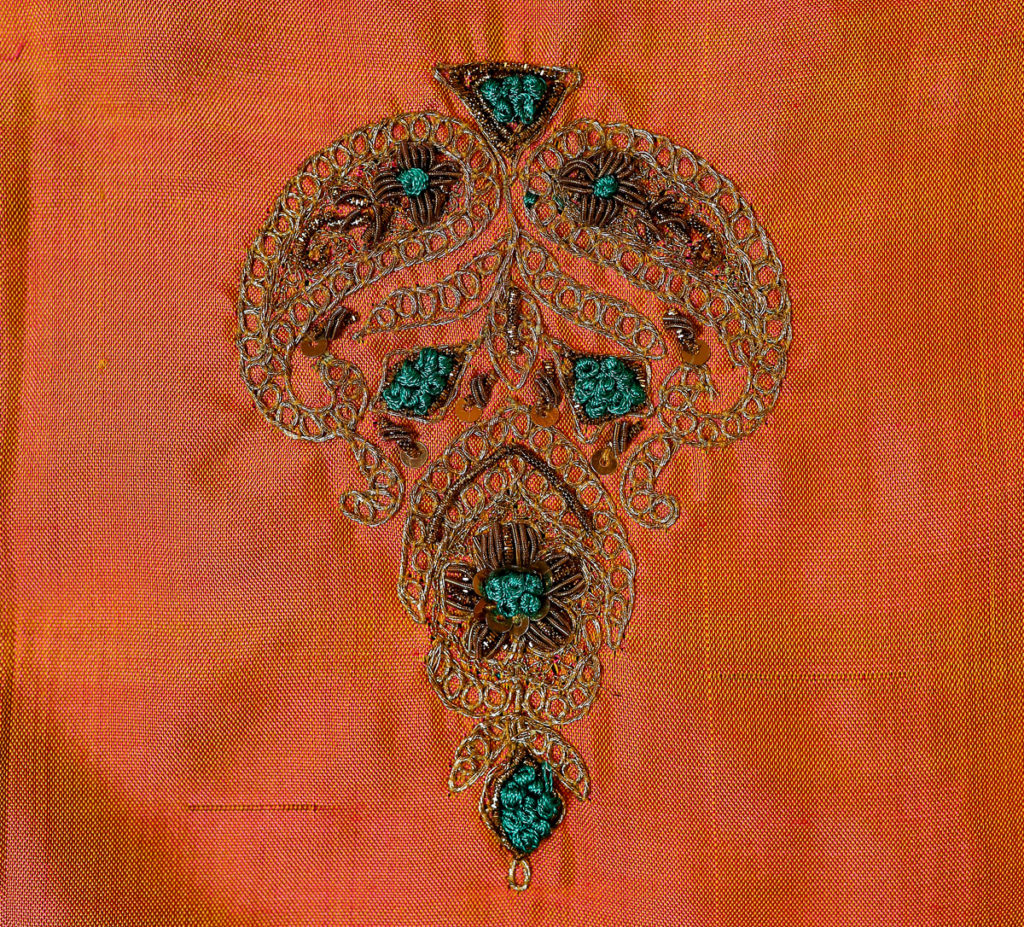Like a beautiful crystal, found naturally in an ore, Roop is the unpolished essence of change, a restoration of generational heirlooms. Like her grandmother before her, Roop is the complexity of youth woven in the same Banarsi saree, in the simplicity of its form.
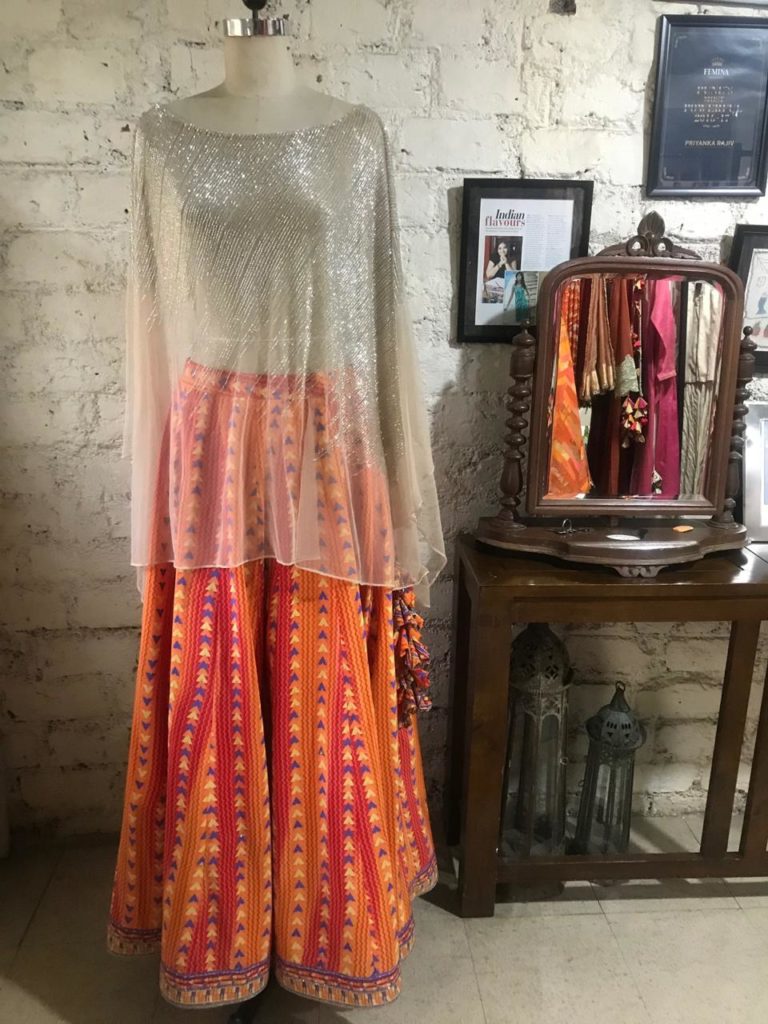
Priyanka Raajiv endeavors to intertwine the threads of this connection that transcends time and weave a story within traditional handloom fabric. A parallel softness lies in the narrative of restoration: it is done carefully with the expert skill of artisans who have learned the craft from their grandparents.
The Indian fashion designer began imbibing upcycling from day 1 into the brand philosophy and gave it a signature touch. The modern woman yearns for a continuation of intuitively structured pieces while metamorphosis takes place with millennial sensibilities. Bringing about this balance of perspective in a saree or a lehenga is intricate work, taking minute details to give the antiquity an artistic finesse.
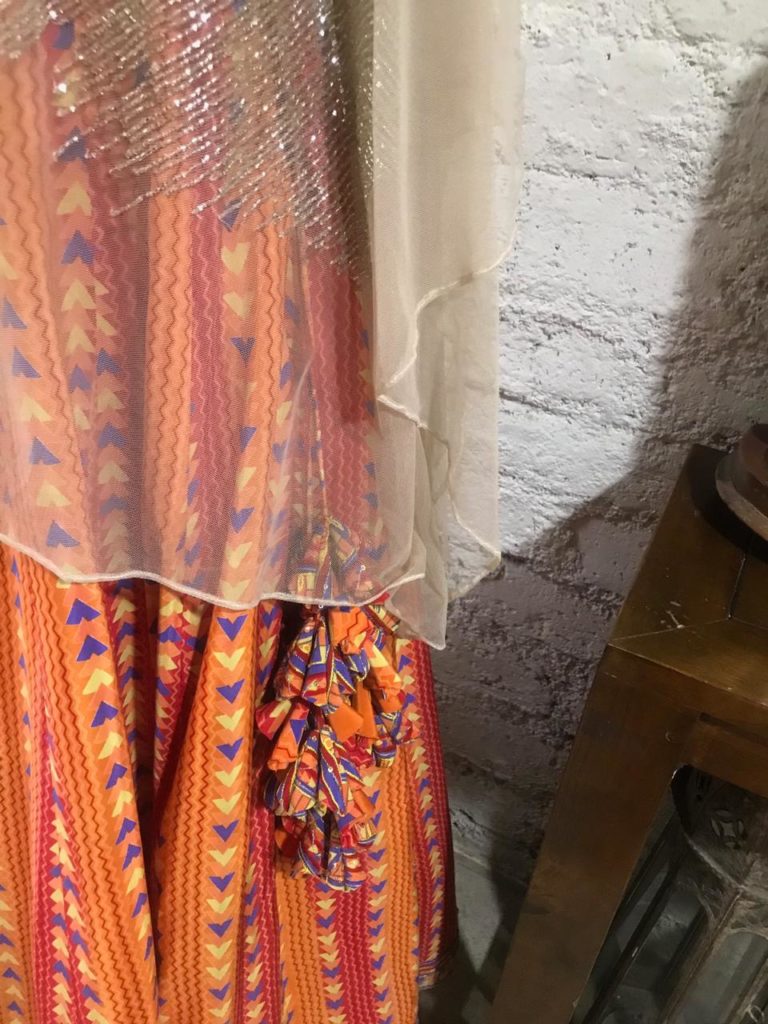
Taking a 100-year-old Paithani saree or a 30-year-old kurta that is worn out and adorning it to create eloquent pieces of urban shade is a skill that revolves around the fourth R of sustainability- repurpose. A grandmother or a mother-in-law cherishes the memories tied into the loom of each saree, each lehenga that they have doned as a kaleidoscopic shrine of their life.
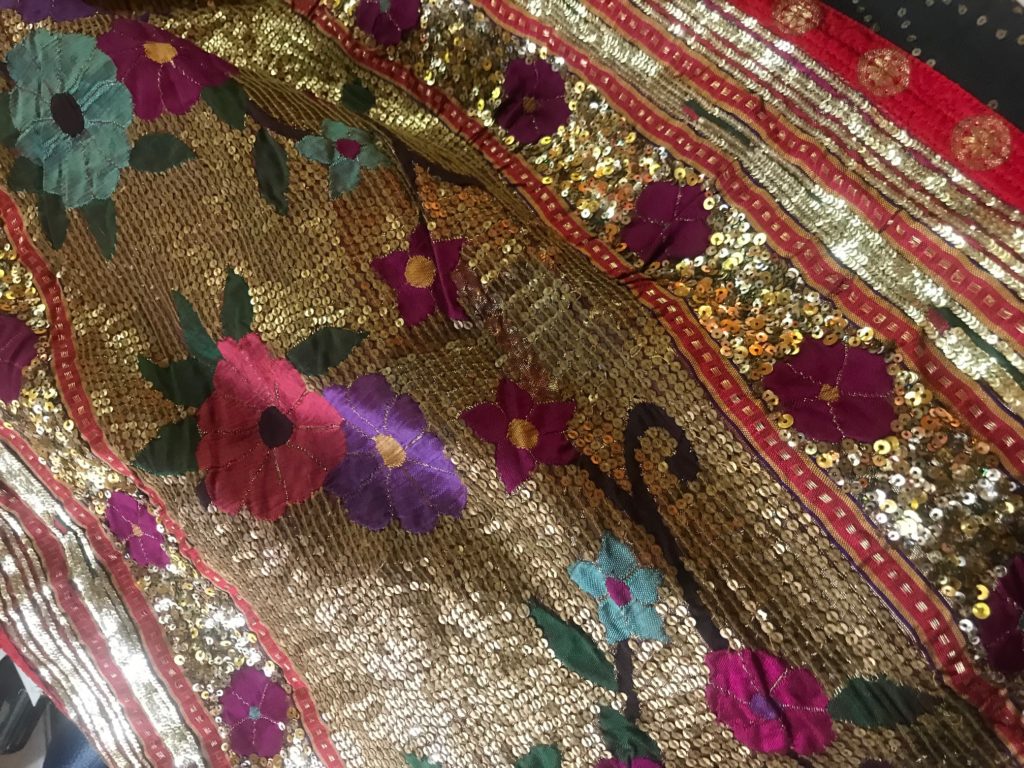
To pass this on, Priyanka Raajiv consults her clients with a honed knowledge of silhouettes and fabrics, writing biographies into a restoration, like a family repository hidden in its essence. The soul of this process lies in the translation of retaining the exclusivity of a piece while using antique zardozi, sequins, and embroidery to reveal the deliberate rarity of the original fabric.
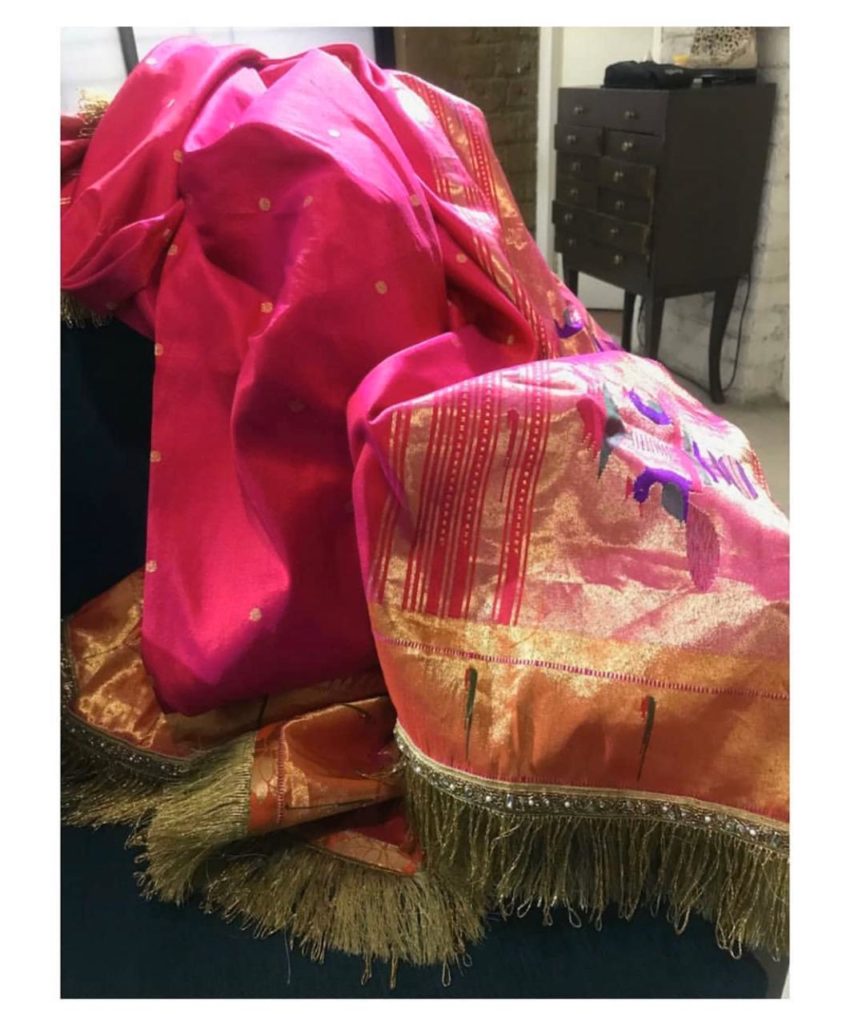
Roop has been an essential part of Priyanka Raajiv label since it’s conception, curated with an eco-conscious mindset, storytelling within a garment’s unrestricted flow: a tale of transformation.
